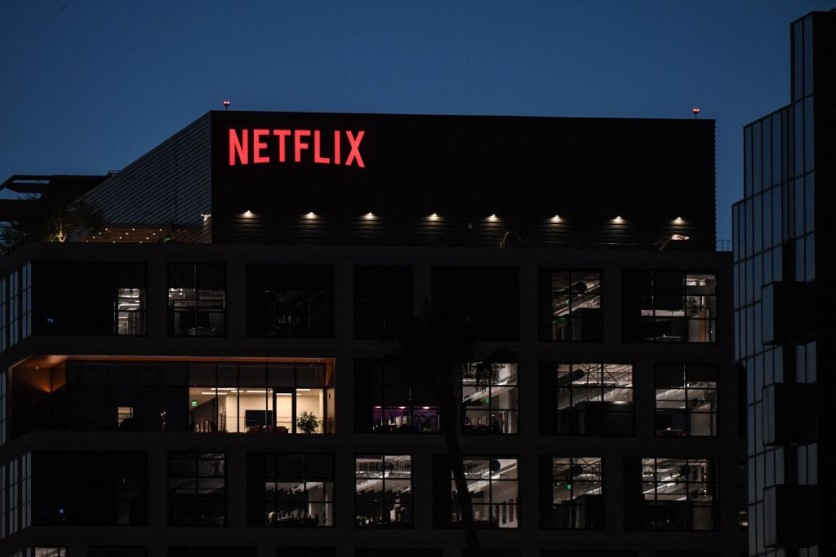While still experiencing significant growth in subscriber numbers, Netflix is redirecting its focus towards revenue generation through advertising and paid sharing initiatives.
This strategic shift suggests that the company's reporting priorities will evolve in the coming years, potentially removing highlighting subscriber metrics as a primary indicator of success.

The Netflix logo is seen on the Netflix, Inc. building on Sunset Boulevard in Los Angeles, California, on October 19, 2021. - Netflix reported billion-dollar profits and booming subscriber growth on October 19, beating forecasts as global hits like Squid Game drew viewers in droves. (Photo: ROBYN BECK/AFP via Getty Images)
Netflix's Strategic Evolution
Netflix's latest earnings report reveals a significant change in its reporting approach, signaling a shift away from emphasizing subscriber growth alone.
Despite adding 9.3 million subscribers this quarter, the streaming giant announced plans to cease reporting quarterly membership figures by 2025.
This decision reflects Netflix's evolving strategy, which acknowledges that subscriber count is just one aspect of its growth trajectory. Historically, subscriber numbers have been pivotal in assessing streaming services' performance.
However, Netflix now emphasizes its diverse revenue streams, including advertising and paid sharing, as integral to its success.
This move underscores Netflix's transition towards a more holistic evaluation of its financial health beyond the traditional metrics of subscriber acquisition.
Navigating a Shifting Landscape
As Netflix continues to refine its pricing strategies and subscription offerings, it's recognizing that the impact of each new paying subscriber varies significantly.
This shift reflects the company's adaptation to the diverse market landscape across different regions and the varying preferences of its global audience.
The decision to stop reporting average revenue per member every quarter suggests a broader focus on holistic business metrics rather than narrowly focusing on individual subscriber metrics.
This approach allows Netflix to assess its business's overall health and performance across different markets and subscription tiers, providing a more comprehensive understanding of its financial outlook and growth trajectory.
Instead of sharing quarterly membership figures, Netflix will now disclose revenue breakdowns by region each quarter and highlight significant subscriber milestones as they occur.
Netflix's co-CEO Ted Sarandos explained during an earnings interview that the emphasis on engagement stems from its role as a crucial measure of member satisfaction, which, in turn, influences retention and acquisition efforts over time.
To put it simply, the streaming landscape is increasingly resembling cable television. Rather than solely focusing on acquiring new subscribers, Netflix is banking on retaining its existing base and potentially generating additional revenue through add-on services.
Regarding subscription fees, co-CEO Greg Peters indicated in the earnings interview that a fixed price ceiling does not constrain Netflix.
As the platform continues to expand its content offerings, subscribers can expect further price adjustments to reflect the added entertainment value, suggesting that price increases may still be on the horizon.
Related Article : Can Netflix Keep Up? Q1 Earnings Show Streaming Giant's Gamble on Live Sports, Games





